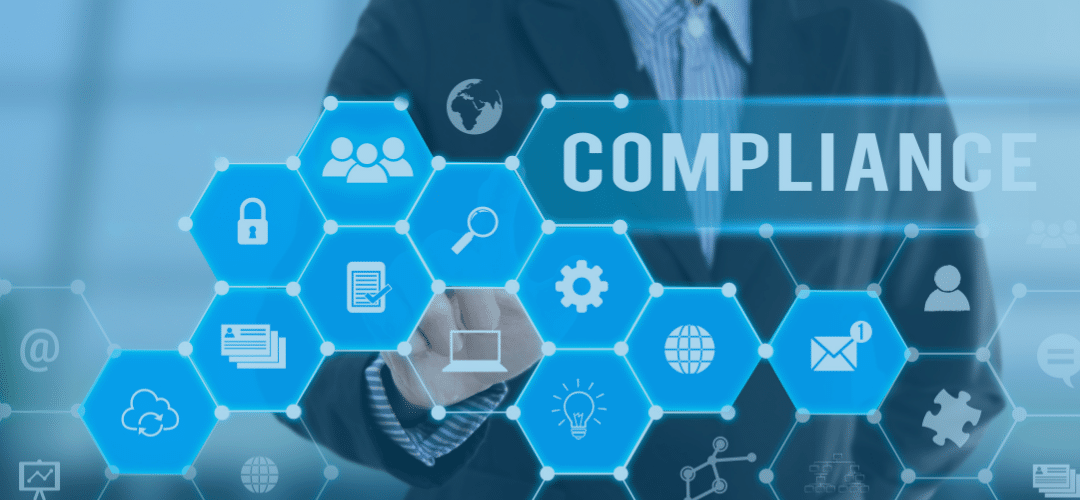Welcome to the essential guide to HR compliance systems! In today’s fast-paced business environment, it is crucial for organizations to have effective HR compliance systems in place. These systems play a vital role in protecting your business and employees, ensuring legal compliance, and minimizing risk and liability. In this comprehensive guide, we will explore the importance of HR compliance systems, how to choose the right system for your organization, and strategies for implementing an effective system. We will also discuss common challenges in HR compliance and provide solutions to address them.
The Importance of HR Compliance Systems
HR compliance systems are essential for organizations of all sizes and industries. They facilitate the implementation of policies and procedures to protect your business and employees, ensure legal compliance with applicable laws and regulations, and minimize the risk and liability associated with non-compliance. Let’s take a closer look at the importance of HR compliance systems.
1. Protecting Your Business and Employees
An effective HR compliance system helps protect your business and employees from various risks and potential legal issues. It ensures that your organization adheres to labor laws, employment regulations, and industry standards, which can help you avoid costly fines, penalties, and lawsuits. By establishing clear guidelines and procedures, you can create a safe and inclusive work environment, promoting employee satisfaction and reducing turnover.
2. Ensuring Legal Compliance
Compliance with laws and regulations is a fundamental requirement for any organization. HR compliance systems help ensure that your organization meets these legal obligations. This includes compliance with employment laws, such as equal employment opportunity, minimum wage, and overtime requirements, as well as data protection regulations, such as the General Data Protection Regulation (GDPR) for organizations handling personal data of individuals within the European Union.
3. Minimizing Risk and Liability
Non-compliance with HR laws and regulations can expose your organization to significant risk and liability. This can result in financial losses, damage to your reputation, and legal consequences. HR compliance systems help minimize these risks by providing a framework for managing compliance-related issues, such as conducting regular audits, addressing employee grievances, and implementing measures to protect data privacy and security.
Choosing the Right HR Compliance System
Choosing the right HR compliance system is crucial for effectively managing compliance within your organization. Consider the following factors when selecting a system:
1. Assessing Your Specific Needs
Start by assessing your organization’s specific HR compliance needs. Identify the areas where you need the most support, such as managing employee records, ensuring data privacy, or tracking employee training and certifications. This will help you narrow down your options and choose a system that aligns with your requirements.
2. Evaluating the Features and Functionality
When evaluating HR compliance systems, consider the features and functionality that are essential for your organization. Look for features such as policy management, document storage and retrieval, compliance reporting, and employee self-service portals. Additionally, ensure that the system is user-friendly and can be easily integrated with your existing HR software or systems.
3. Considering Scalability and Integration
It is important to choose an HR compliance system that can scale with your organization’s growth. Consider the system’s capacity to handle increasing demands and the ability to integrate with other systems, such as payroll or time and attendance software. This will ensure the long-term viability and effectiveness of your HR compliance system.
Implementing an Effective HR Compliance System
Implementing an HR compliance system requires careful planning and execution. Here are some key steps to follow:
1. Defining Policies and Procedures
Start by defining clear and comprehensive policies and procedures that reflect your organization’s values and comply with applicable laws and regulations. These policies should cover areas such as equal opportunity, anti-discrimination, code of conduct, data privacy, and more. Communicate these policies to all employees and provide regular training to ensure understanding and compliance.
2. Training and Education for Employees
Training and education are crucial for creating an informed and compliant workforce. Provide regular training sessions on topics such as sexual harassment prevention, diversity and inclusion, data protection, and ethical business practices. Utilize various training methods, such as in-person sessions, online courses, and interactive workshops, to cater to different learning styles.
3. Monitoring and Auditing Compliance
Regular monitoring and auditing of HR compliance are essential to identify potential issues and ensure adherence to policies and procedures. Implement a system for tracking and documenting compliance-related activities, such as completing training modules, reporting violations, and documenting corrective actions. Conduct periodic audits to assess the effectiveness of your HR compliance program and make necessary improvements.
Common Challenges and Solutions in HR Compliance
HR compliance can present several challenges for organizations. However, with the right strategies and solutions, these challenges can be effectively addressed. Let’s explore some common challenges and their solutions:
1. Managing Data Privacy and Security
In today’s digital age, data privacy and security are significant concerns. Implement robust data protection measures, such as secure storage systems, encryption technologies, and access controls. Develop clear policies and procedures for handling sensitive employee information and ensure compliance with data protection regulations. Regularly train employees on data privacy best practices and conduct audits to identify and rectify any security vulnerabilities.
2. Addressing Diversity and Inclusion
Promoting diversity and inclusion is crucial for creating a fair and equitable work environment. Develop policies and initiatives that promote diversity in recruitment, hiring, and promotions. Implement training programs to raise awareness of unconscious bias and foster an inclusive workplace culture. Regularly assess diversity metrics and make necessary adjustments to ensure equal opportunities for all employees.
3. Handling Employee Relations and Conflict Resolution
Employee relations and conflict resolution are common challenges in HR compliance. Establish clear channels of communication for reporting grievances and concerns. Train managers and supervisors on effective conflict resolution techniques and provide resources for mediation or arbitration when necessary. Regularly assess employee satisfaction through surveys and feedback mechanisms to identify potential issues and address them promptly.
In conclusion, HR compliance systems are critical for protecting your business, ensuring legal compliance, and minimizing risk and liability. By choosing the right system, implementing effective policies and procedures, and addressing common challenges, you can create a compliant and thriving work environment. Remember to regularly review and update your HR compliance program to adapt to evolving laws and regulations. With a comprehensive HR compliance system in place, you can focus more on strategic initiatives and the success of your organization.
FAQ
Question: What is an HR compliance system?
Answer: An HR compliance system is a set of policies, procedures, and tools designed to ensure that an organization adheres to labor laws, employment regulations, and industry standards, minimizing the risk and liability associated with non-compliance.
Question: How does an HR compliance system protect a business and its employees?
Answer: An effective HR compliance system helps protect a business and its employees by ensuring legal compliance, which can help avoid costly fines, penalties, and lawsuits. It also establishes clear guidelines and procedures for creating a safe and inclusive work environment, reducing turnover and promoting employee satisfaction.
Question: How does an HR compliance system ensure legal compliance?
Answer: HR compliance systems help ensure legal compliance by ensuring that an organization meets legal obligations, such as equal employment opportunity laws, minimum wage requirements, overtime regulations, and data protection regulations like the General Data Protection Regulation (GDPR).
Question: What factors should be considered when choosing an HR compliance system?
Answer: When choosing an HR compliance system, it is important to assess the specific needs of the organization, evaluate the features and functionality of different systems, and consider scalability and integration with existing HR software or systems.
Question: How can an organization implement an effective HR compliance system?
Answer: To implement an effective HR compliance system, an organization should define clear policies and procedures, provide training and education for employees, and regularly monitor and audit compliance with these policies and procedures.
Question: What are some common challenges in HR compliance?
Answer: Common challenges in HR compliance include managing data privacy and security, addressing diversity and inclusion, and handling employee relations and conflict resolution.
Question: How can an organization address data privacy and security challenges in HR compliance?
Answer: To address data privacy and security challenges, an organization should implement robust data protection measures, develop clear policies and procedures, regularly train employees on data privacy best practices, and conduct audits to identify and rectify any security vulnerabilities.
Question: What strategies can organizations use to address diversity and inclusion challenges in HR compliance?
Answer: Organizations can address diversity and inclusion challenges by developing policies and initiatives that promote diversity in recruitment, hiring, and promotions, implementing training programs to raise awareness of unconscious bias, and regularly assessing diversity metrics to ensure equal opportunities for all employees.





